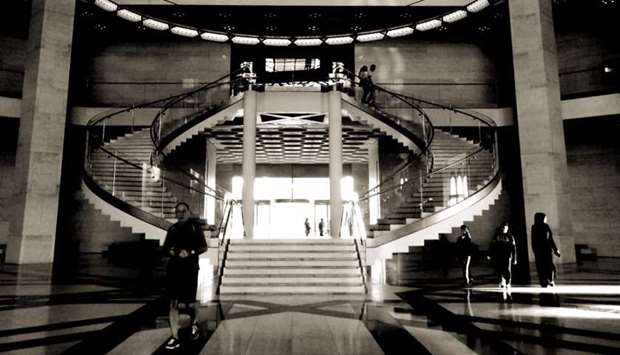One of the myriad mysteries about the Golden Age of Islamic history – the 8th to 14th century burgeoning period of arts, culture, economics and sciences in lands ruled by Muslims, was the evolution of Islamic architecture that saw geometric patterns became central in all Islamic buildings and decoration. These designs were built on combinations of repeated squares and circles, which were often overlapped and interlaced to form intricate and complex patterns, including a wide variety of tessellations.
This discipline in Islamic art and design is also known as ‘arabesque’ – a form of artistic decoration consisting of surface decorations based on rhythmic linear patterns of scrolling and interlacing foliage, tendrils or plain lines, often combined with other elements. And so stars, octagons, and the like are identified as the popular vocabulary of choice in the architectural realm of the Islamic world. Some scholars link these innately complex patterns to mathematics and algebra that originated in the Arab word. Repeated over and over again, these geometric patterns seem to inspire a sense of cosmic harmony because symmetry, structure, rhythm and balance are the fundamental features of these geometric designs.
Perhaps, these were some of the many rich influences that inspired the iconic design and architecture of the Museum of Islamic Art Qatar (MIA) by the world-renowned architect I M Pei. Made from limestone, the mega structure stands on the waters of the Corniche as a testament to modern Islamic architecture. The structure and its rich interior has a deep impact on visitors, one where we are forced to reflect on life and the many mysteries of the universe. As I M Pei best describes it; “Architecture is the vry mirror of life. You only have to cast your eyes on buildings to feel the presence of the past, the spirit of a place; they are the reflection of society.”

Photo by Muhammad Saad


